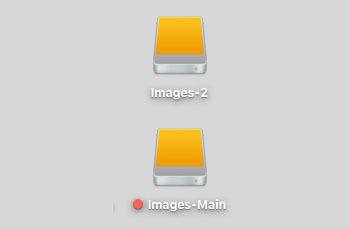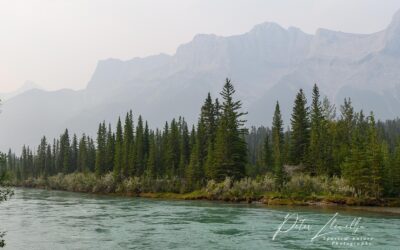A Photographers Backup Strategy
How many copies of your precious images do you have, and, where are they located? All photographers should have a sound backup strategy for their images.
My biggest fear as a professional photographer is that a catastrophe of some description would result in the loss of a lifetime of work. So, over they years I have developed a backup, backup, backup strategy. That’s right, at any moment in time my images are always in at least three locations.

White-eared Puffbird (Nystalus chacuru), Mato Grosso, Brazil – I have photographed the White-eared Puffbird, precisely once. My chances of photographing another are not good, so, to lose this image would indeed be a disaster
I was told by a computer technician many years ago to work on the principal that every hard drive in the world is going to fail, sooner or later. Over the years I have had several hard drives completely fail so, if that drive was the only location for my images it would truly have been a disaster.
Since beginning to work in digital format I have been through several different backup strategies including copying images to floppy disks (remember those!) Iomega drives, and CDs and DVDs. As the price of hard drives has dropped my backup strategy has evolved to be based around a hard drive system.
Everyone, amateur or professional, should follow a photographers backup strategy. Although below you will find a belt and braces method please adapt this to suit your own needs.
My backup strategy.
- Images are copied from the camera memory card to the internal drive on my laptop, using Photomechanic’s ingest dialogue. IMPORTANT NOTE: Do not format your card at this point, your images are not yet safe. Format your memory cards only when they are in at least two location. You never know when a disaster is going to strike.
- I proceed with culling images and then caption and keyword the keepers
- Images are copied to my primary office storage device known as Images-Main. If I am travelling and have no access to my main drive files are immediately copied to a separate portable drive. Do not keep this drive in the same location as your computer. If one gets lost or stolen you will at least have a backup available of the images you have already taken. Immediately I return to the office the portable is copied to Images-Main
- Although not directly a part of my backup strategy at this point the images are imported in Capture One 11 ready for further processing and preparation for various uses including submitting to my Agencies, putting on the web site, and my Instagram account. However, once images are processed the very best are uploaded to my Photoshelter account, which is certainly a part of my backup strategy
- At 9.00am every day, seven days a week, the main drive is cloned onto an identical second drive called Images-1. To accomplish this I using a small utility, ChronoSync (available for Mac only)
- Every Monday the drive Images-1 is removed from the office and switched for another identical drive, Images-2. Not only is the drive removed from the office it’s removed from my house and stored in a secure location
- Next Monday Images-2 is switched back for images-1 and so on
Replacing hard drives
When my three drives are nearing capacity they are retired and three identical new drives replace them. This happens around every 18 months to two years and until now it has been easy to simply replace with larger capacity drives. With 10 TB stand alone external drives now available this equals a huge amount of storage. I do not use a RAID system. Remember RAID is not a backup specially if it get stolen or irreparably damaged in a home or office catastrophe!
Summary
To re-cap, at any given moment in time all my images are on the drive Images-main. Additionally all images are on an identical cloned drive, Images-1 or Images-2. Whichever of Images-1 or -2 is not currently connected to the office system is stored in a location away from my office to mitigate a total disaster such as fire, flood or theft. At the very worst I can only completely lose a week’s worth of work. Although this would be difficult to accept it would not be the end of a lifetimes images.
Finally, all my first pick images are also uploaded to my Photoshelter account, which means they are safely stored in the cloud and can therefore also be recovered from there, with the added benefit that images are also available for my website galleries and clients.
I highly recommend Photoshelter as your cloud storage method. Photoshelter is built just for photographers rather than a ‘catch-all’ cloud storage method.
To receive a 14 day free trial and a $15 credit on your first Photoshelter subscription click here



